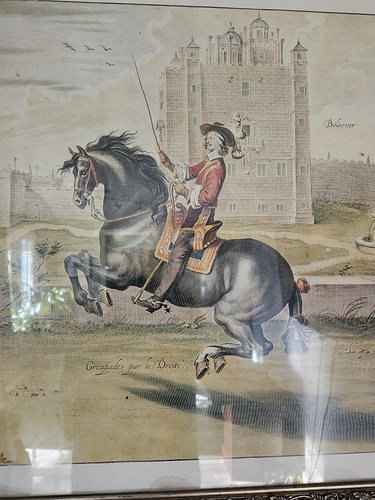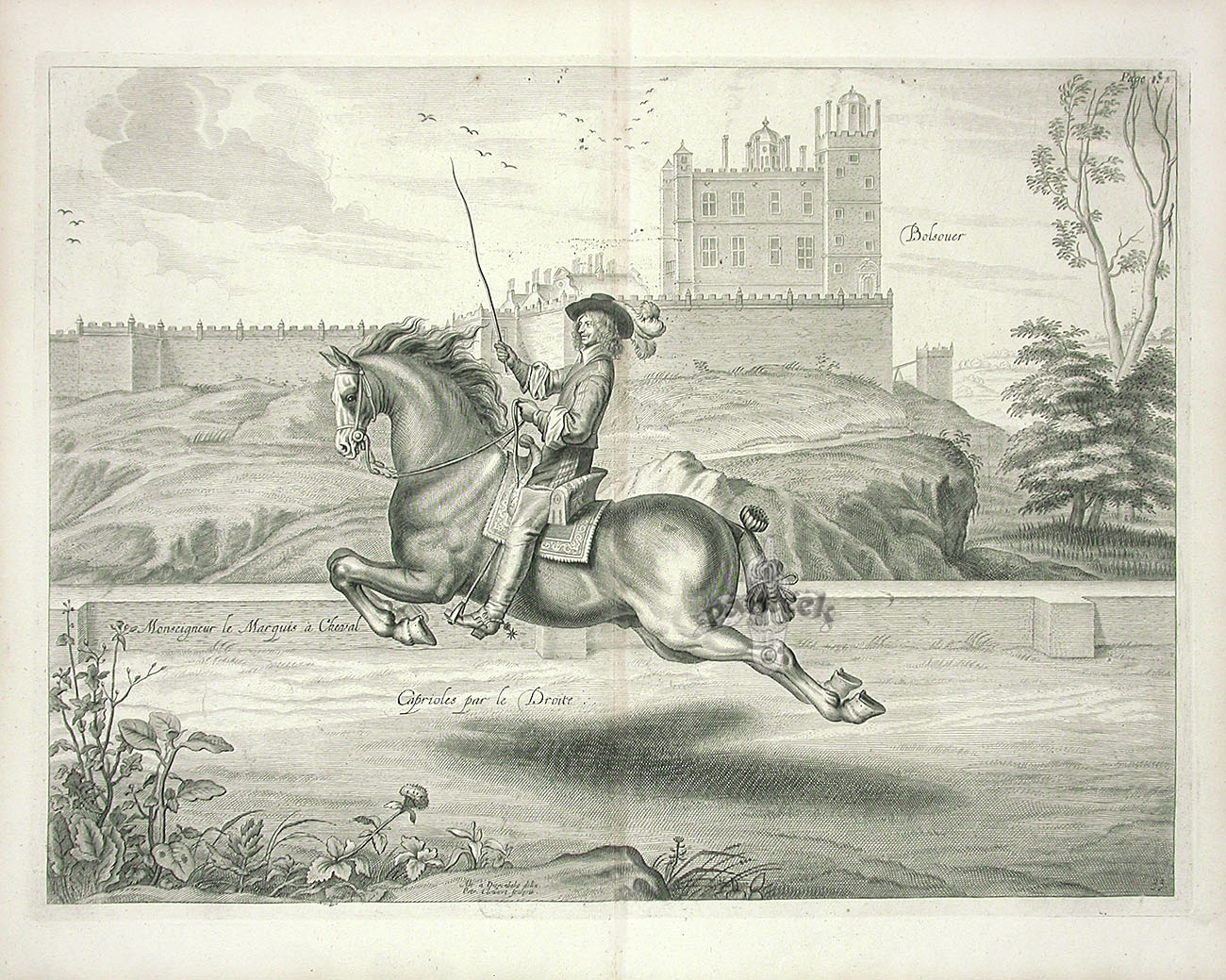@fermecinqsens how are you doing with your search for trainers?
France would seem to be a great location to find instructors familiar with Academic Equitation. I am sure that some of the riders in these organizations do teaching or can refer you to instructors who can teach riding on-handed.
The ENE L’Ecole Nationale d’Equitation has training traditions that go back to the Baroque era

In Paris you have the Garde Republicaine who do the ridden tandem
Then you have Bartabas at the Royal Stables in Versailles
Here is Bartabas and his l’Académie Équestre de Versailles. He beat out Michel Henriquet to operate this spectacle out of the old royal stables. This is where the Olympic equestrian events will be held.
And how could I forget Alizée Froment and her competition horse Mistral du Coussoul doing a bareback, bitless ride after Mistral retired.
Here they are in competition at Hickstead








 is what I have on my Facebook page. It’s such a cool illustration.
is what I have on my Facebook page. It’s such a cool illustration.





